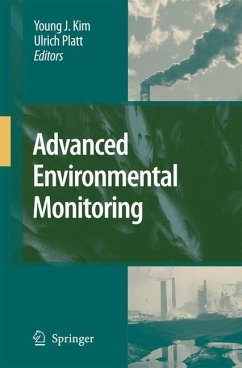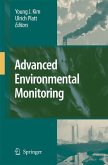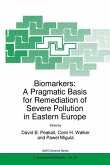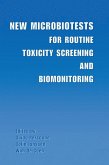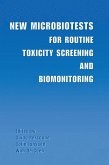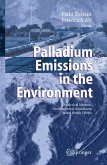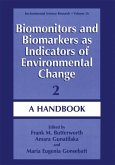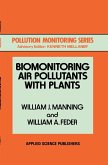We are facing increasing environmental concerns associated with water, air, and soil pollution as well as climate change induced by human activities. Therefore accurate assessment of the state of the environment is a prerequisite for undertaking any course of action towards improvement. In particular, development of new environmental monitoring technologies for the detection of hazardous pollutants and environmental change has become increasingly important to scientists and to regulatory agencies. In recent years there has been much progress in the field of environmental monit- ing research, resulting in the development of more accurate, fast, compound-specific, convenient, and cost-effective techniques by integrating emerging technologies from various disciplines. th This book is a result of the 6 International Symposium on Advanced Environmental Monitoring, organized by ADvanced Environmental Monitoring Center (ADEMRC), Gwangju Institute of Science and Technology (GIST), Korea and held in Heidelberg, Germany on June, 27-30, 2006. It presents recent advances in the research and development of forthcoming technologies, as well as in field applications in advanced environmental monitoring. It is our hope that the papers presented in this book will provide a glimpse of how cutting-edge technologies involving monitoring of poll- ants, determination of environmental status, and the detection and quantification of toxicity are being developed and applied in the field. We give many thanks to all authors for their participation and contributions and to the reviewers for their goodwill in providing a rapid turnover of the manuscripts and the critical comments necessary for ensuring the quality of this publication.
Aus den Rezensionen: "... Die Beiträge stellen ...neue Anwendungen etablierter Verfahren vor, die Ergebnisse sind 'promising' und 'encouraging' ... Der Leser wirft einen Blick in die Zukunft der Umweltüberwachung. Die Beiträge stammen aus der Forschung und sie sind für die Forschung bestimmt sowie für all diejenigen Fachleute aus Wirtschaft und Politik, deren Aufgabe es ist, für den Wissenstransfer in die Praxis zu sorgen." (Dr. Norbert Höfert, in: Gefahrstoffe - Reinhaltung der Luft, 2008, Vol. 68, Issue 4, S. 128)

